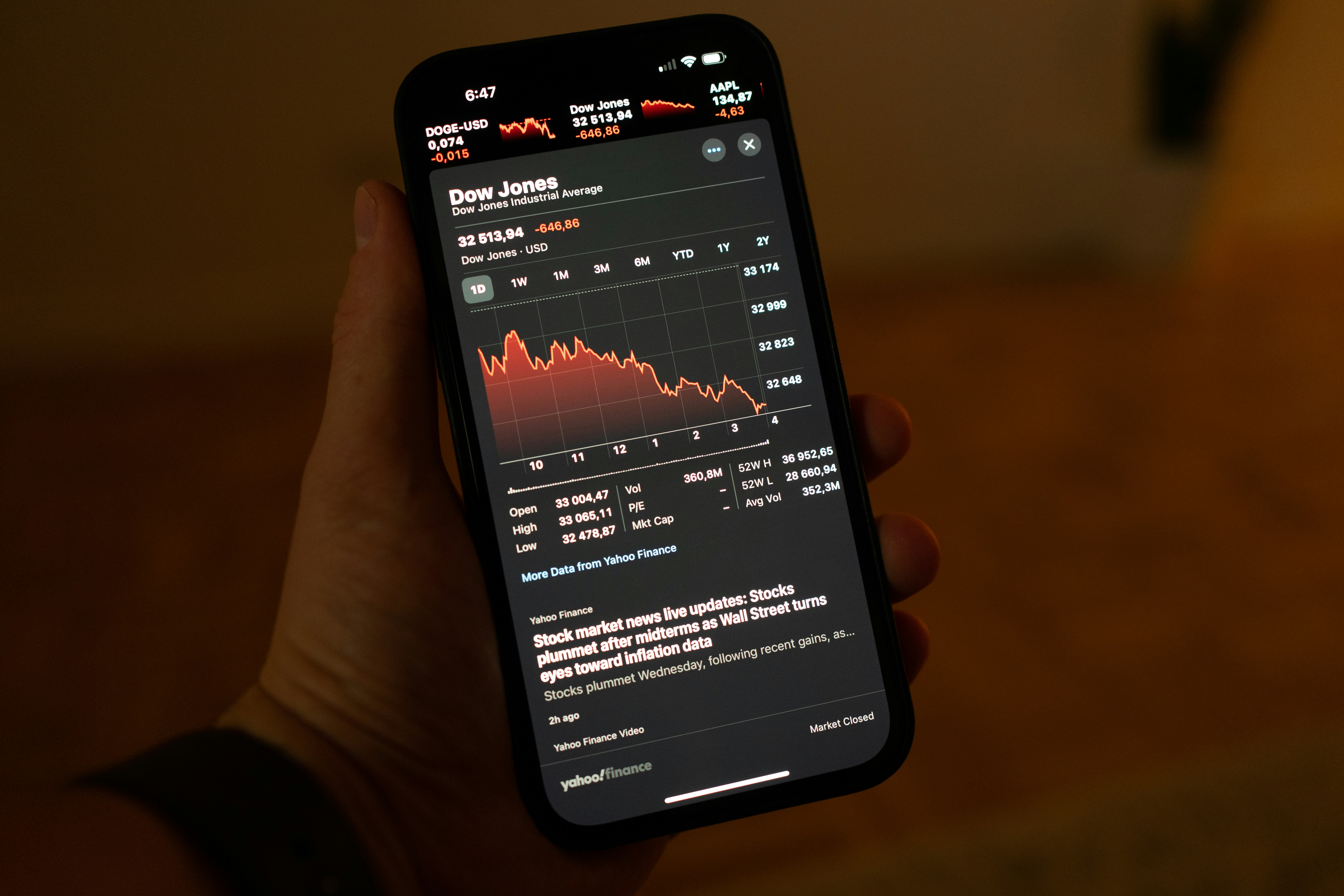What is a Death Cross?
The death cross is a technical analysis indicator that signals potential bearish market conditions. It occurs when a short-term moving average, most commonly the 50-day moving average, crosses below a long-term moving average, typically the 200-day moving average. This crossover indicates a shift in market momentum and is often perceived as a harbinger of declining stock prices. Traders and investors closely monitor moving averages for these crossovers to assess market trends and make informed trading decisions.
To identify a death cross, one must analyze historical price data and calculate the moving averages for the specified periods. If the 50-day moving average declines below the 200-day moving average, this crossover event confirms the presence of a death cross. The significance of this indicator lies in its historical accuracy; many investors regard it as a reliable signal of an impending downtrend, often leading to increased selling pressure in the market.
Historically, the death cross has been associated with major market downturns, making it a focal point for both traders and analysts. For instance, previous occurrences of this indicator have coincided with significant declines in major stock indices, resulting in heightened volatility. Consequently, the death cross has earned a reputation as a bearish signal, influencing investor sentiment and behavior in the stock market.
The psychological impact of a death cross cannot be understated. When this indicator is identified, it triggers fear and uncertainty amongst investors, who may hastily react by liquidating positions in anticipation of a broader market decline. This reaction often reinforces the bearish trend, creating a self-sustaining cycle of selling that can exacerbate losses. As such, understanding the death cross and its implications is crucial for stakeholders within the financial market.
Historical Performance of the Death Cross
The Death Cross, characterized by the crossing of the 50-day moving average below the 200-day moving average, has been closely monitored by market analysts and traders as a potential indicator of bearish trends in the stock market. Historically, this event has marked significant moments in various stock indices, prompting thorough examinations to ascertain its predictive reliability.
For instance, during the 2008 financial crisis, the Death Cross appeared in the S&P 500 index in late 2007. Following this occurrence, the index entered a prolonged bear market, ultimately declining by over 50% from its peak. Such historical data aligns with the common sentiment among traders that the Death Cross signals forthcoming downturns, influencing investment decisions and risk management strategies.
Moreover, when the Death Cross was identified in late 2015, the S&P 500 experienced a minor correction before continuing its upward trajectory. This case illustrates a more nuanced aspect of the indicator, suggesting that while it can denote potential market weakness, it may not always result in drastic declines. In comparison, the NASDAQ index experienced additional episodes of the Death Cross with varying degrees of accuracy in predicting downturns, emphasizing the necessity of analyzing broader economic indicators concomitantly.
When evaluating the Death Cross against alternative market indicators, such as the Moving Average Convergence Divergence (MACD) and Relative Strength Index (RSI), one can observe varying performance metrics. While each indicator possesses its advantages and disadvantages, the Death Cross remains a notable tool in the technical analyst’s toolkit, particularly for those focusing on medium- to long-term market forecasts. The reliance on the Death Cross, however, should be approached prudently, as the market’s complexity often necessitates a combination of indicators to enhance predictive capabilities.
Death Cross in the German Stock Market
The concept of the death cross, characterized by the 50-day moving average crossing below the 200-day moving average, serves as a significant indicator in the German stock market, particularly within the DAX index. Historically, this pattern has sparked considerable concern among investors as it often signals potential bearish trends. Recent occurrences of the death cross in the DAX showcase its implications during various phases of economic uncertainty. For instance, the DAX witnessed a death cross in early 2023, which coincided with a period marked by inflationary pressures and geopolitical tensions affecting Europe’s economic landscape.
The reaction of markets to this technical signal can be observed in the fluctuations of major stocks within the German index. Notably, companies such as Volkswagen and Siemens experienced heightened volatility following the appearance of the death cross. Investors initially responded with caution, leading to sell-offs that further exacerbated declining stock prices. However, as is often the case during downturns, there were also explanations framed within the broader context of inflation concerns and interest rate adjustments by the European Central Bank, illustrating how macroeconomic factors interplay with technical signals like the death cross.
Moreover, German investors tend to adopt a strategic approach in response to the death cross sign. Many view this technical signal not just as a negative indicator but as an opportunity for reallocation, considering the potential for long-term recovery following initial downturns. By analyzing previous instances of the death cross in the DAX, investors have learned that subsequent rebounds can occur. Thus, while the death cross raises alarms, it also prompts careful evaluation of potential entry points for building positions in fundamentally strong companies as they dip in value.
Should Investors React to a Death Cross?
The death cross, a technical analysis pattern represented by the short-term moving average crossing below the long-term moving average, arouses varied reactions among investors. However, it is crucial for investors to approach this signal with a balanced perspective, considering it as one piece of a broader analytical puzzle. A death cross does not automatically dictate a sell-off; rather, it should prompt investors to assess additional market factors and indicators before making significant investment decisions.
Investors with different trading philosophies may respond differently to the implications of a death cross. Short-term traders, for instance, may leverage this signal to exit positions, adopting a more reactive stance focused on immediate market trends. Conversely, long-term investors may opt to look beyond the death cross, maintaining their positions while evaluating the fundamental factors that underpin their investments. This distinction emphasizes the necessity of aligning strategies with individual risk tolerance levels and investment objectives.
Moreover, one should integrate other technical indicators, such as RSI (Relative Strength Index) or MACD (Moving Average Convergence Divergence), to achieve a more comprehensive analysis of market conditions. Relying solely on the death cross may lead to premature conclusions, thus potentially jeopardizing an investor’s portfolio. A multi-faceted approach, incorporating both technical and fundamental analyses, is essential for navigating the often volatile market landscape.
Ultimately, the death cross serves as an alert signal rather than a definitive guide. It is imperative that investors engage in thorough research and consider various facets of market conditions, alongside their unique investment philosophies, before reacting to such technical indicators. By doing so, they can make well-informed decisions that align with their financial goals and risk parameters, reducing the likelihood of hasty reactions to market movements.


